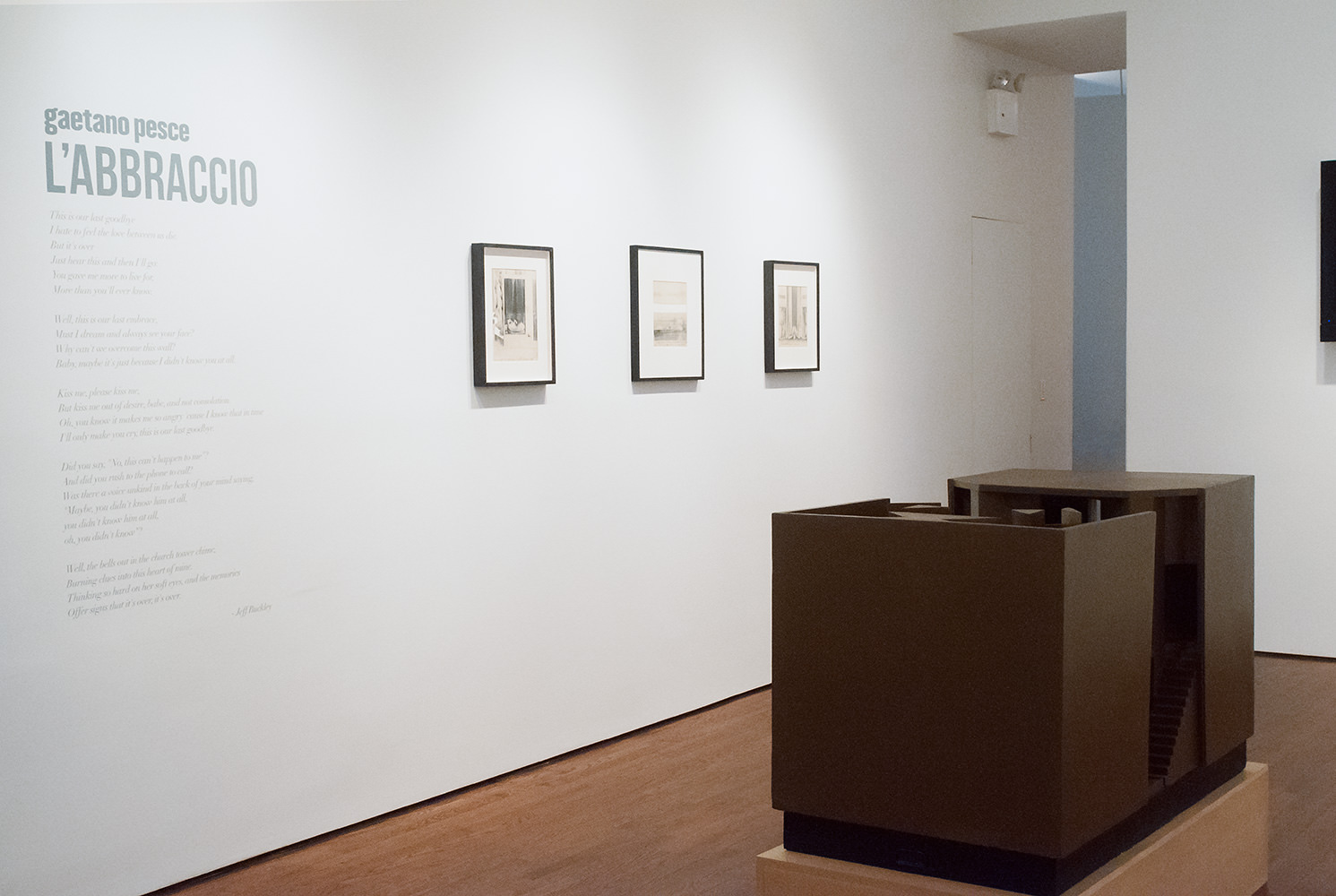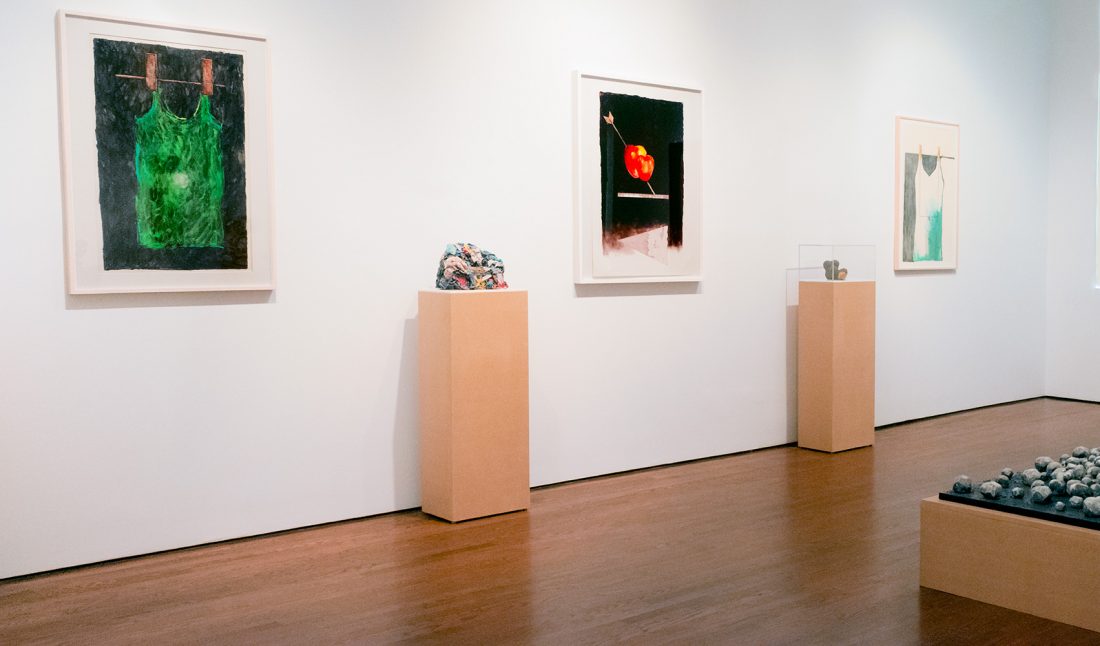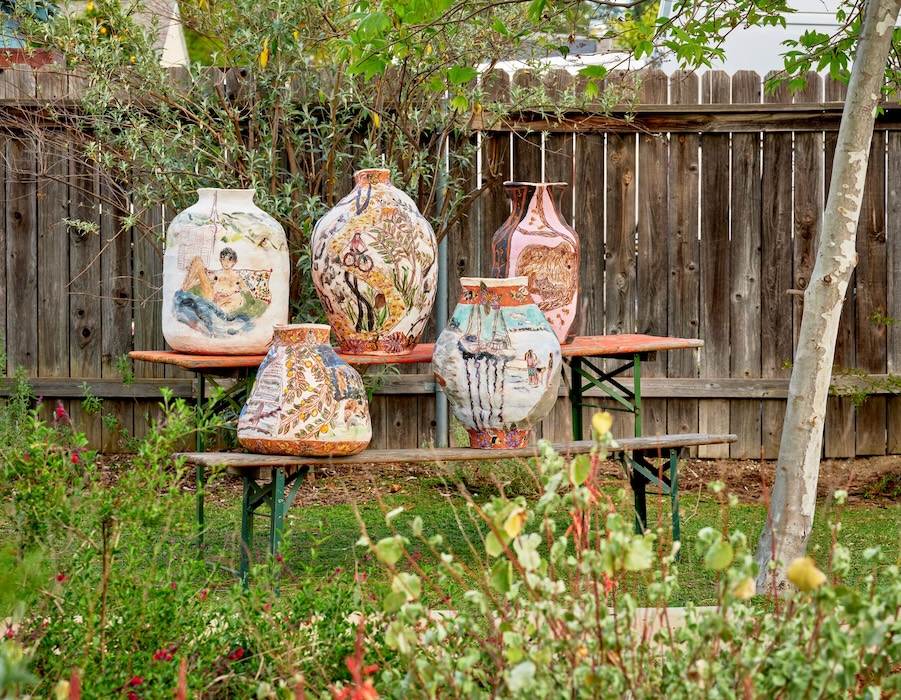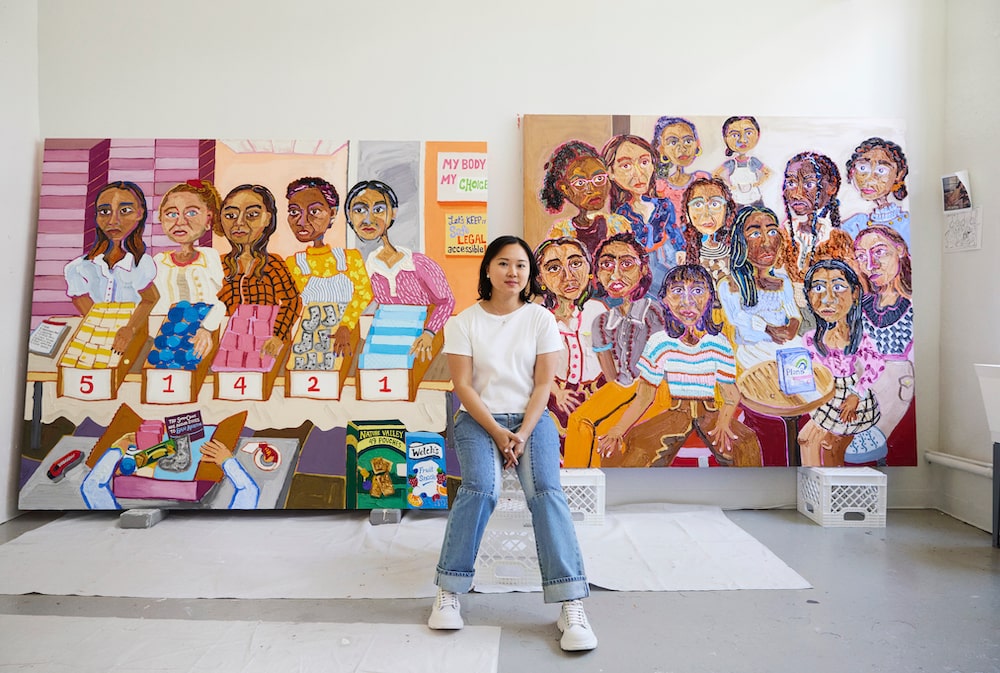Primarily known for his work in architecture, urban planning and design, Gaetano Pesce is sharing another string of his creative quiver with “L’Abbraccio (The Hug),” a solo exhibition open at Fred Torres Collaborations until May 25. The exhibition aims to explore issues of love and empathy through the interplay of painting, sketches, sculpture, video, furniture, and architectural models. Grouped into three rooms of the gallery, these works and their imaginative interpretation of modernism as a method strike an aesthetic harmony in echoing and rhyming with the architectural and design work for which Pesce has become known.
The first room is anchored by “L’Abbraccio,” a cabinet constructed in the form of two people locked in an embrace. This work, besides giving the show its name, is supposed to establish the concept of Eros (passionate desire) as the binding theme of the first room. Across from the cabinet is a pair of paintings depicting discarded clothing and a rag chair, possessions of the characters who inspire “L’Abbraccio.” As Fred Torres notes, “The exhibition showcases the narrative and heart in Pesce’s work.”
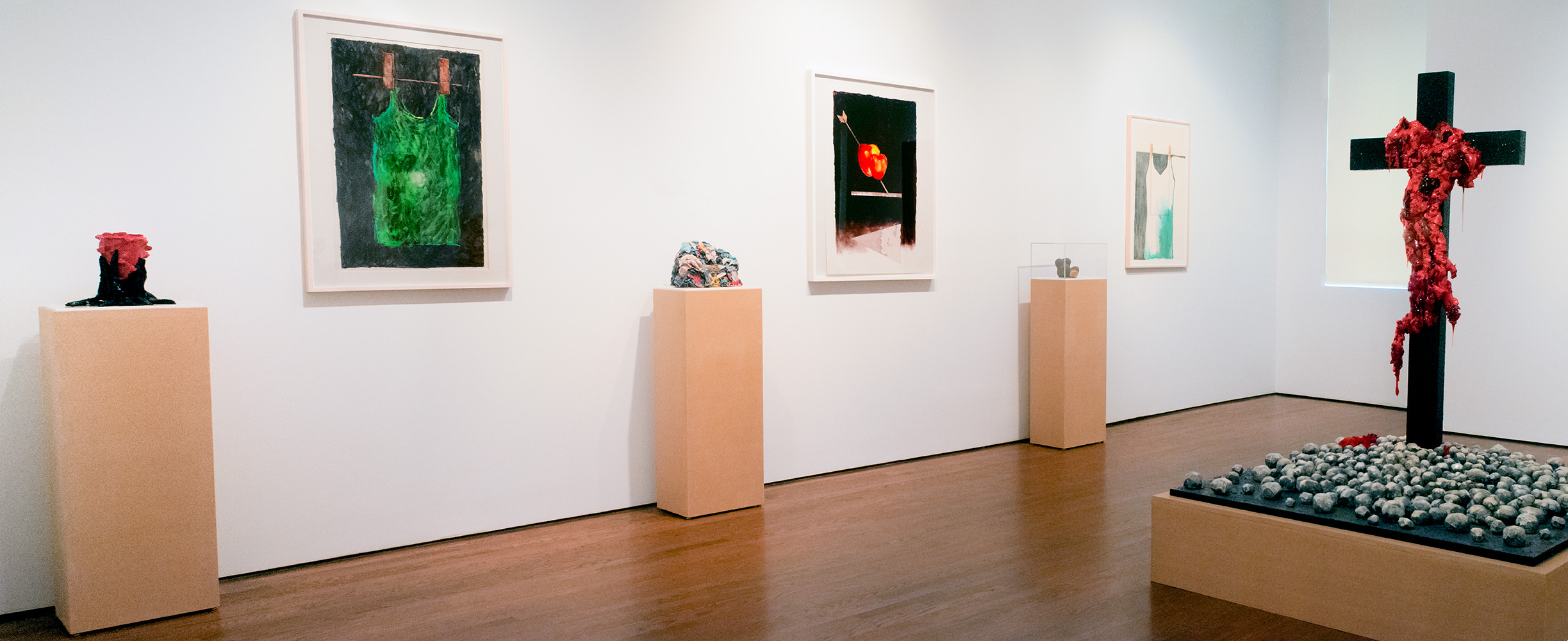
That narrative momentum is interrupted by the striking presence of Italia in Croce (Italy Crucified) in the center of the room. “It’s true that Italy is going through this kind of difficult moment,” said Pesce during a preview of the exhibition, motioning to the sculpture, “but it’s also true [of the] politician, in the world. If you look to Japan, or if you look to Russia, Brazil and also here [in the U.S.], we cannot say, like in the old time, that the politicians serve the country…you have people without the work and without the pay and all the other things they need. So, in talking about my country, you see an extraordinary country that has a fantastic culture, with fantastic food, and fantastic languages, and see that it is in a condition of poverty.”
In the center of the second room is a series of drawings that ring the room and communicate the theme of Philos (fraternal love). These drawings are haunting in their shadowy depictions of vague, yet clearly despondent, human forms placed in vivid and geometrically imposing structures. Together, the drawings tell the despairing story of a failed society forced into an underground world. The model in the center of the room is a representation of the space they inhabit, both in Pesce’s imagination and the drawings. This work was previously shown at the Museum of Modern Art in 1972. With these works, more than any others in the show, Pesce has as Torres says, “pushed the envelope by exploring themes of love, sadness enlightenment and the pursuit of truth in everything he does.” There is certainly a heavy sadness in these drawings.
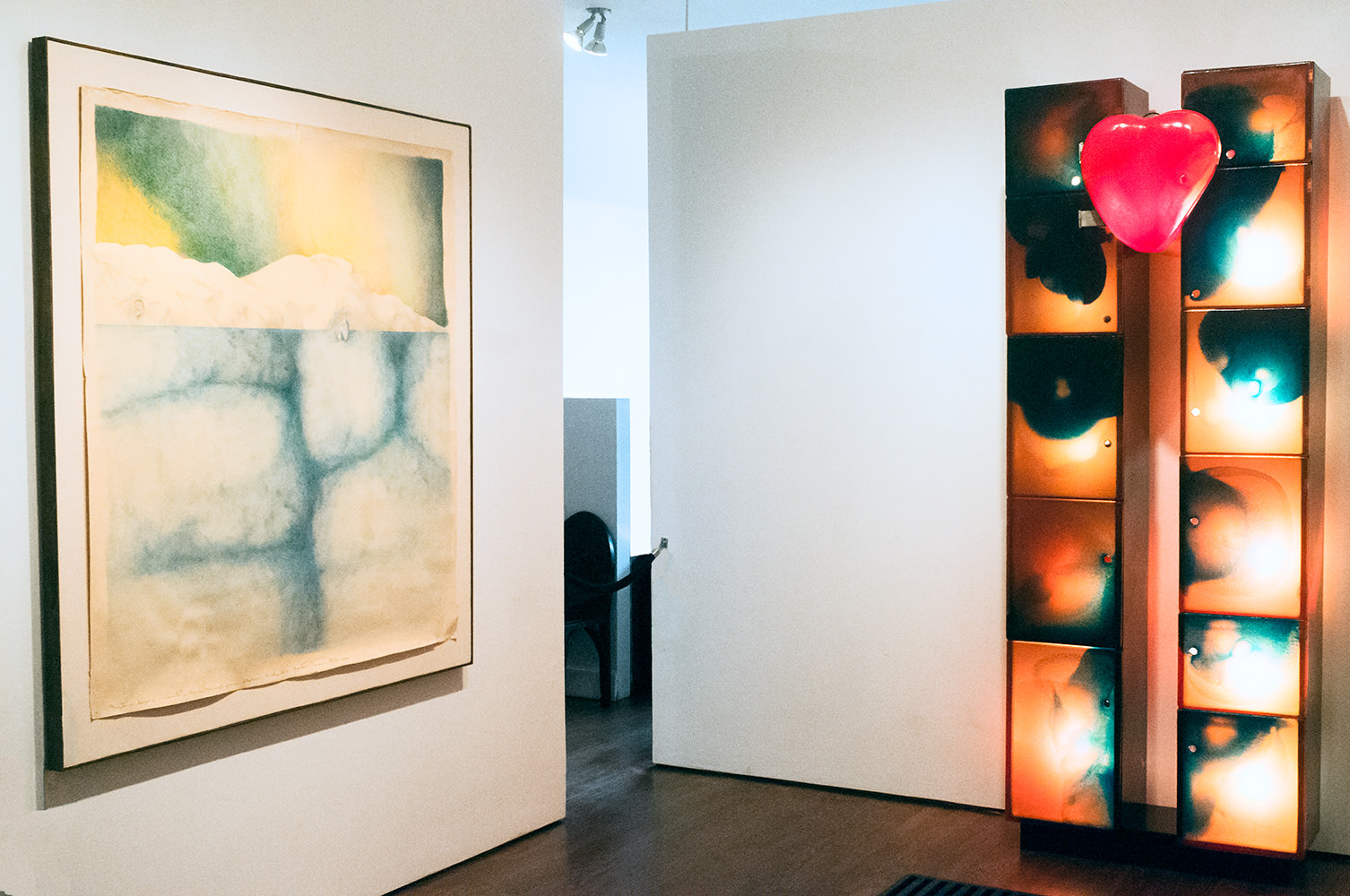
The theme of the third room is Agape (unconditional love) and depicted with Pesce’s Church of Solitude project drawings and 9/11 cabinet. These works are perhaps the most visceral and beautiful in the exhibition – all relatively large in scale and bright in color, they provide a certain juxtaposition that evokes urban landscape with more pastoral sensibilities. These works, along with the rest of the show, reflect an undeniably wide spectrum from an artist unafraid of reaching across mediums and wearing his heart on his sleeve.
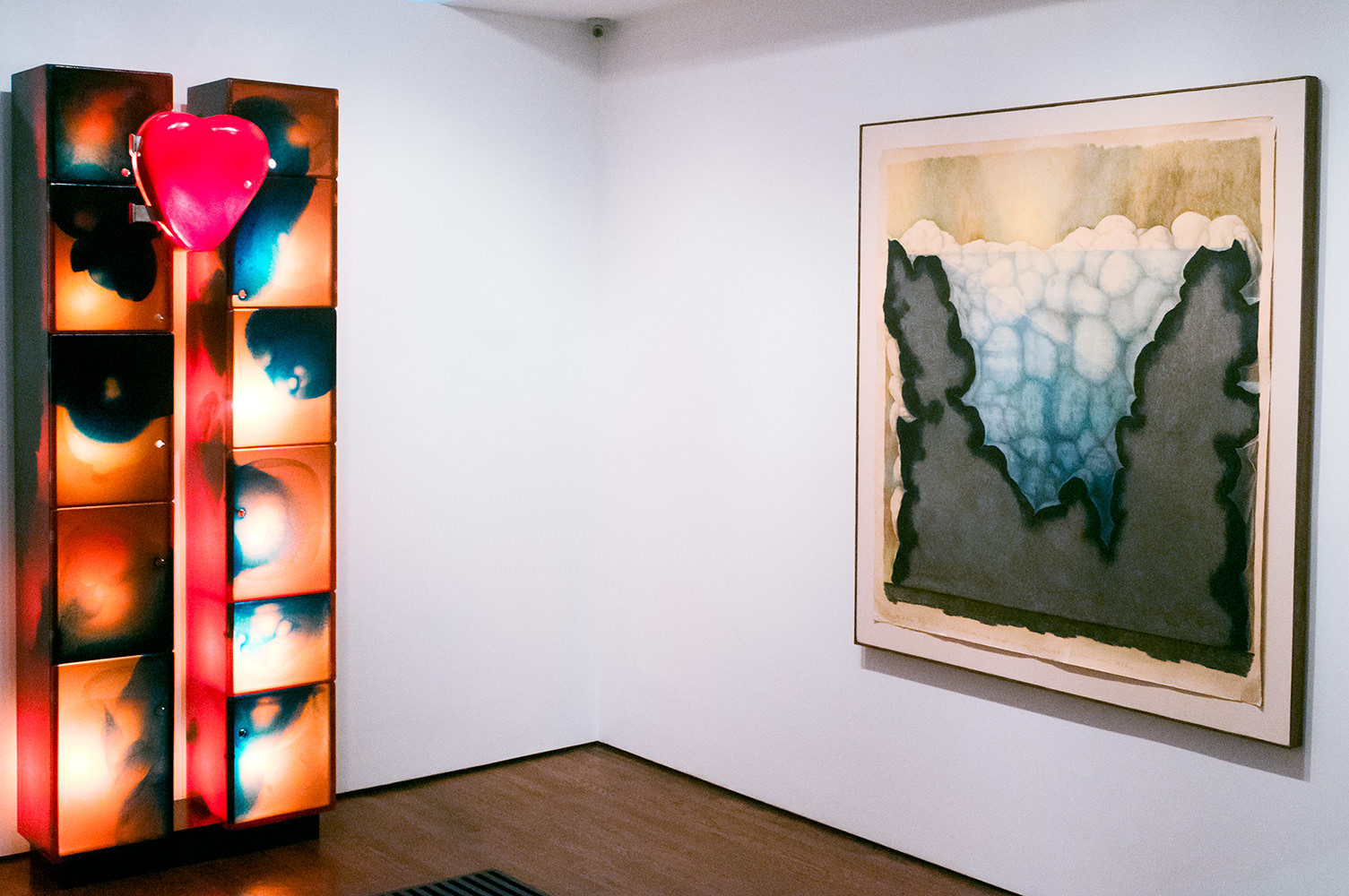
Sponsored Editorial
